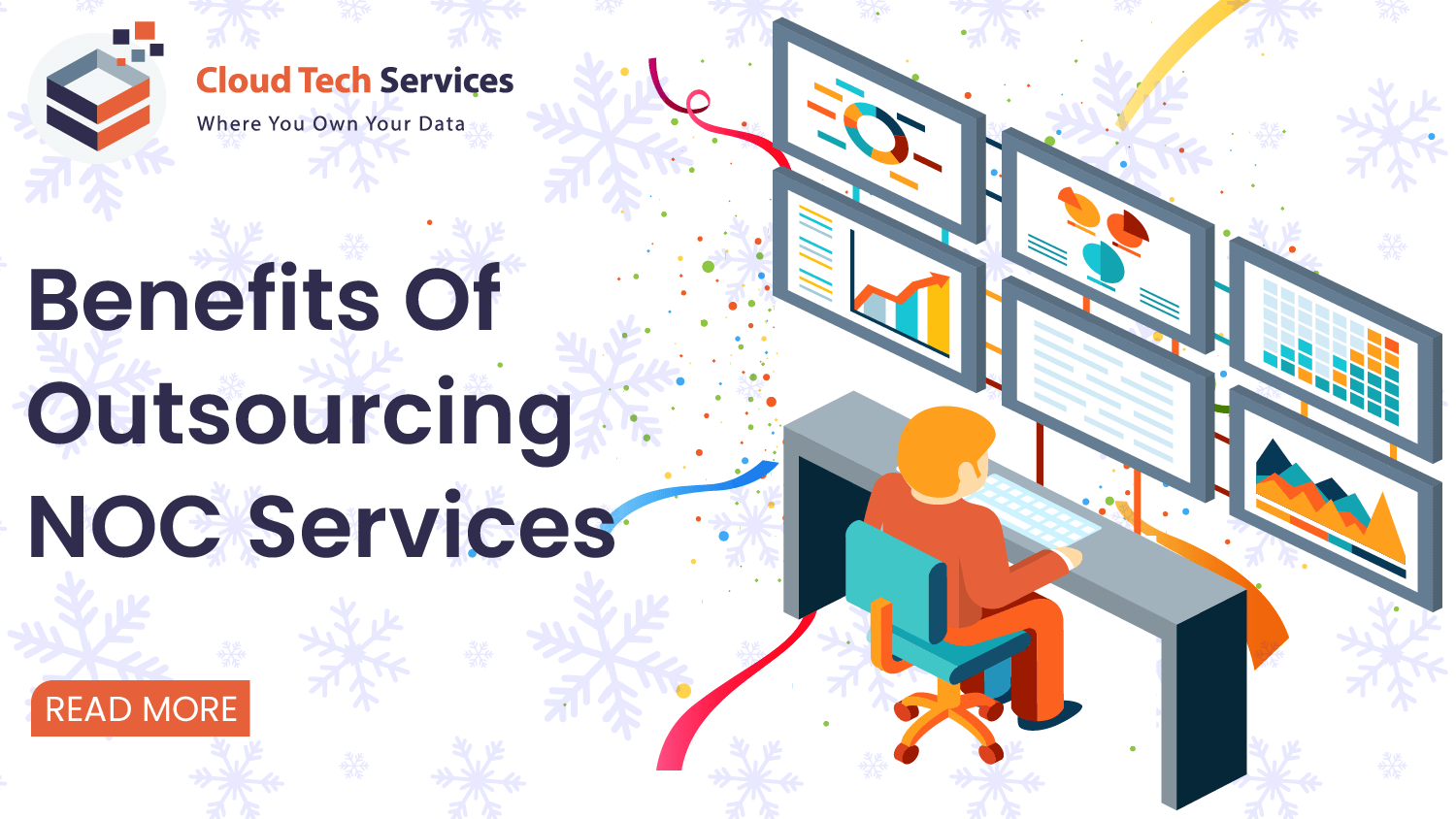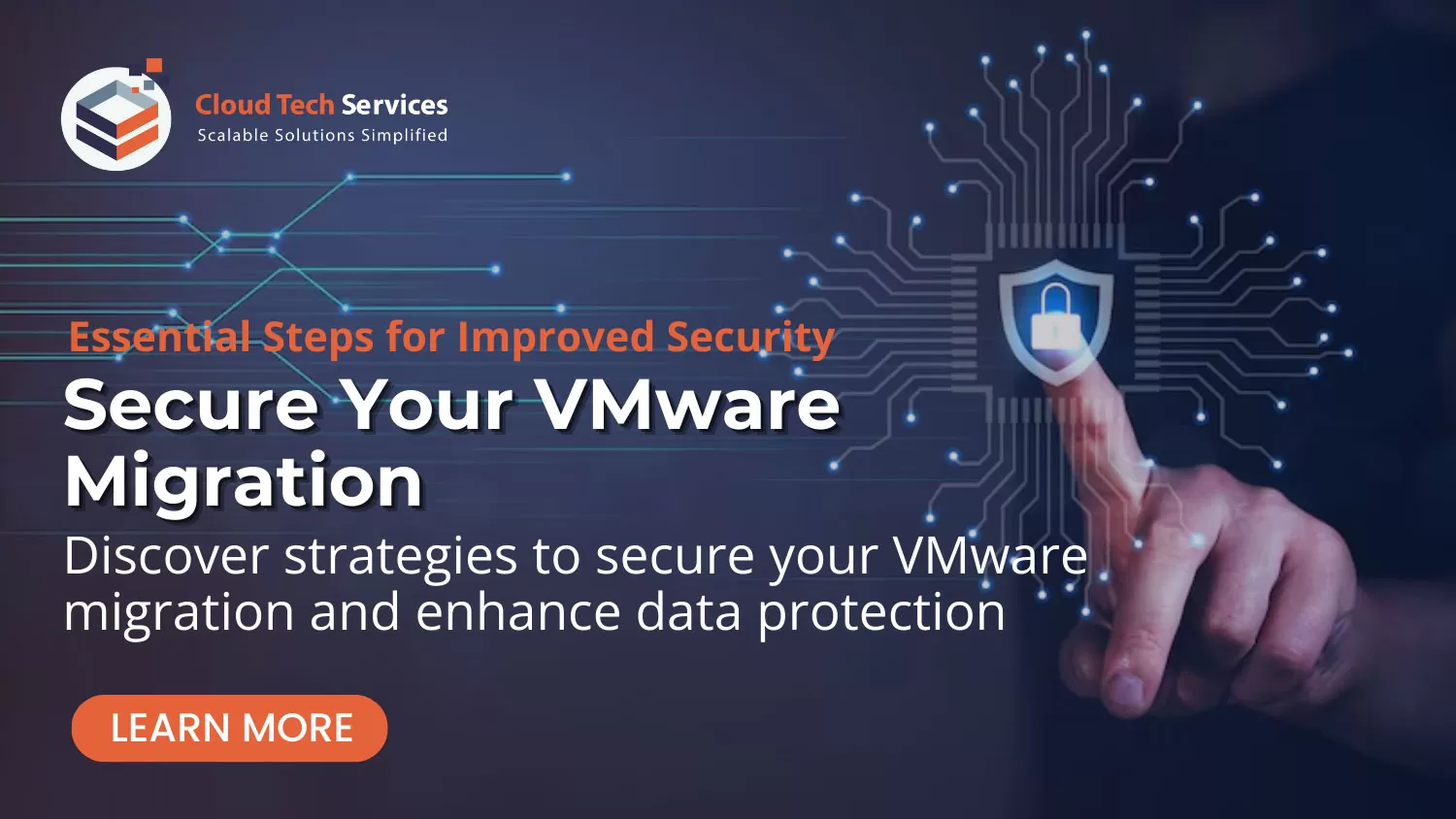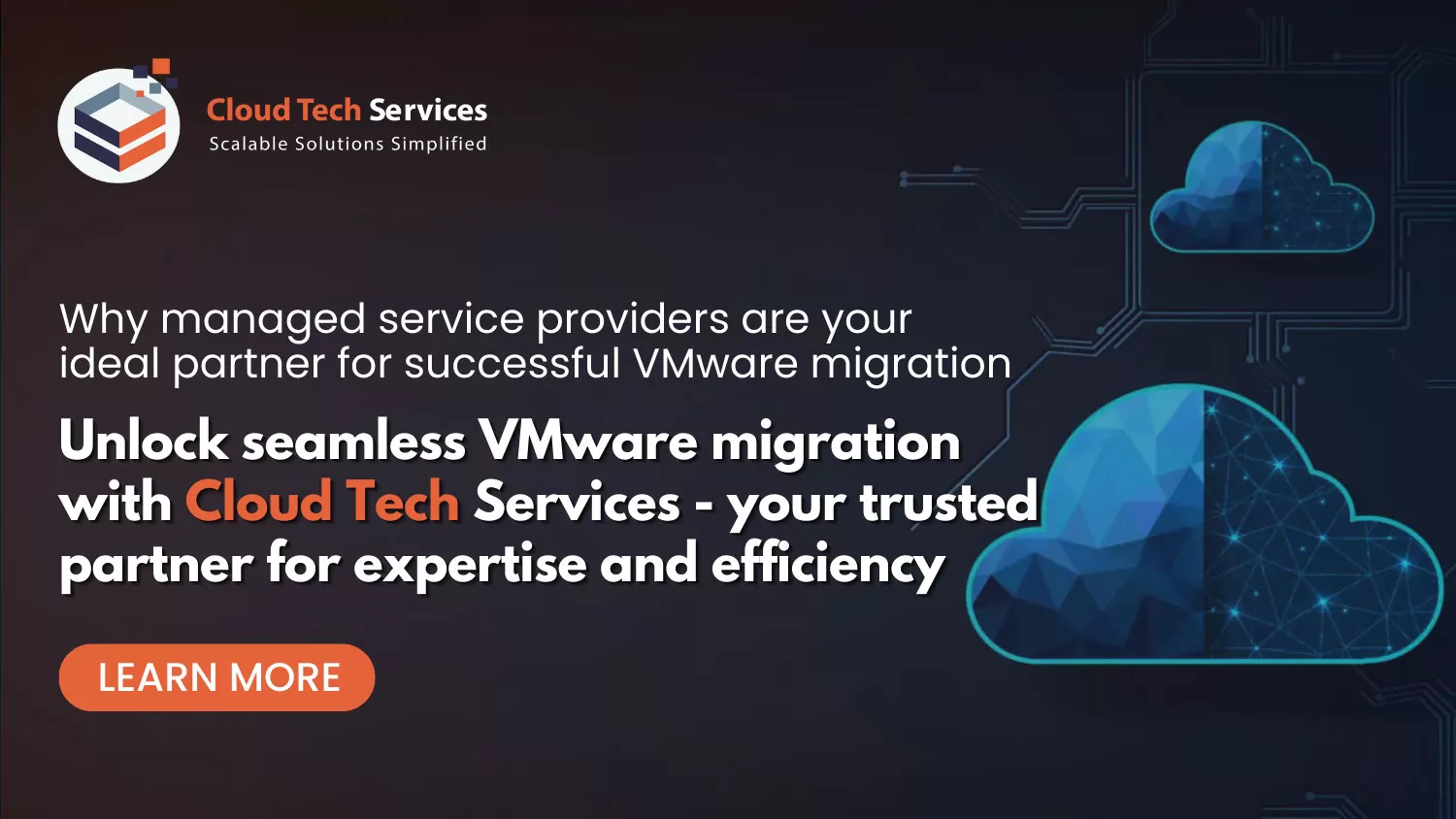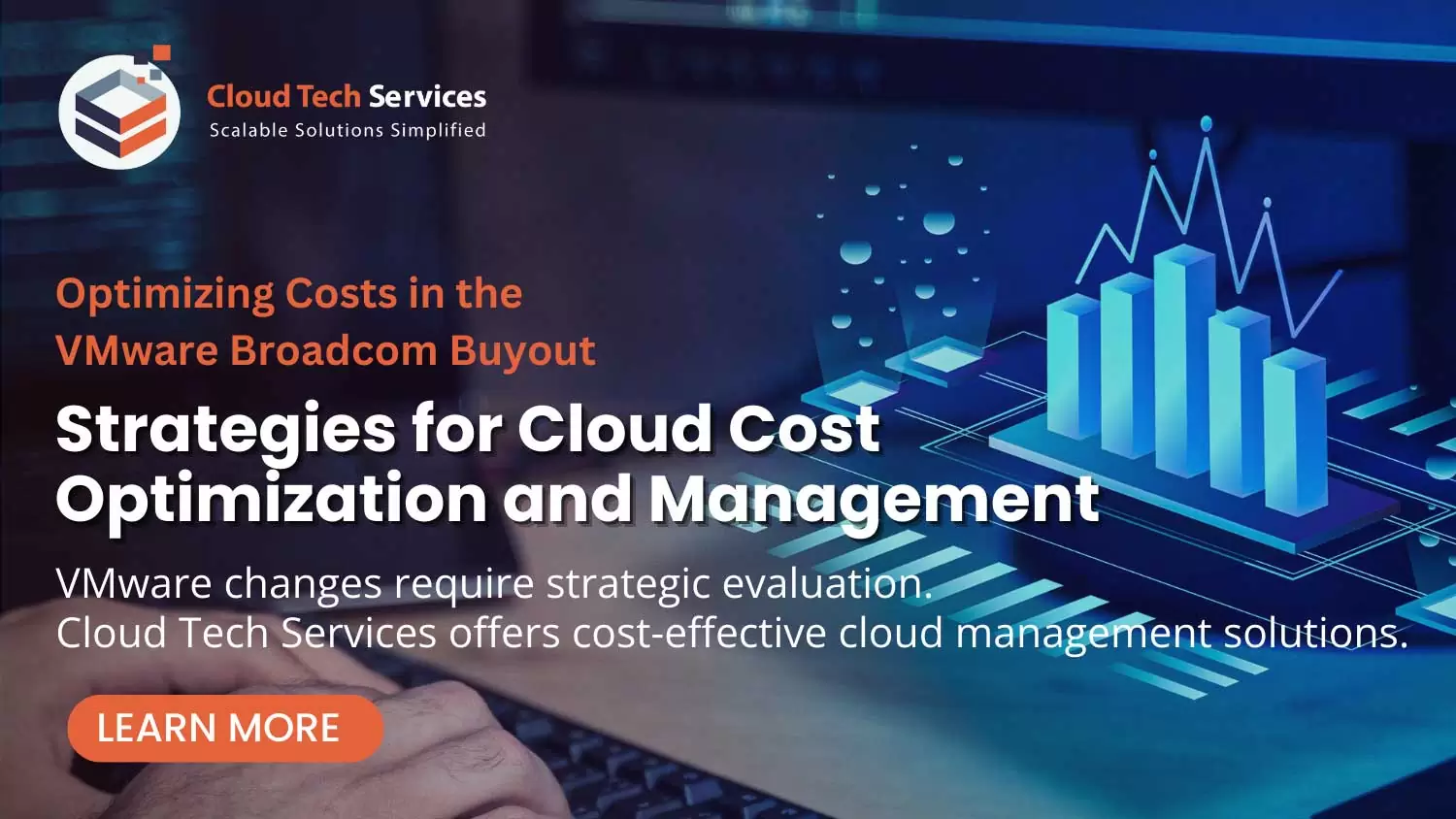Application Patching and Upgrades Management
Manage application patches and upgrades to ensure security and functionality.
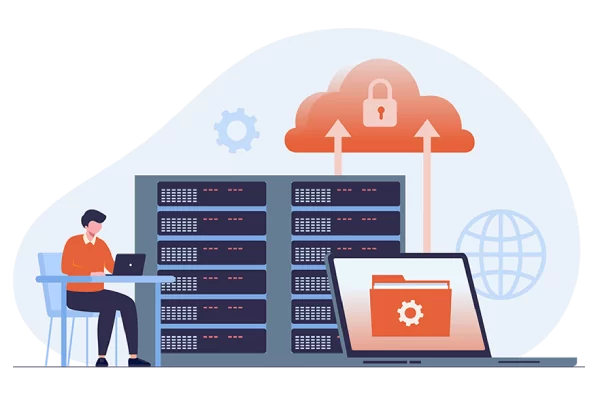
- Monitoring | Analysis | Triage | Assessments | Remediation | Advisory | Reporting
Why Choose Us?
The Vital Role of Application Patching and Upgrades Management
Application Patching and Upgrades Management plays a vital role in maintaining the security and functionality of software applications within organizations. It involves systematically applying patches and updates to address vulnerabilities and improve performance. By keeping applications up to date, it mitigates the risk of cyber threats and ensures data integrity. This management approach minimizes the occurrence of bugs and errors, enhancing application stability and reliability.
It also fosters compatibility with newer technologies, allowing organizations to stay current and competitive. Application Patching and Upgrades Management streamlines the update process, reducing downtime and maximizing productivity. With timely upgrades, businesses can access new features, functionality, and optimizations, delivering enhanced user experiences and supporting efficient operations.
Seamless Updates, Enhanced Performance: Patching & Upgrades Management
Application Patching and Upgrades Management
- Patch Management Assessment: Evaluating the organization’s current patch management processes, including inventory and vulnerability assessment.
- Incident Triage: Initial assessment and classification of patching and upgrade-related incidents, followed by appropriate escalation or resolution.
- Patch Identification and Prioritization: Identifying available patches and assessing their criticality and relevance to the organization’s applications.
- Change Control and Testing: Implementing change control procedures to manage the application of patches and conducting testing to ensure compatibility and stability.
- Patch Packaging and Distribution: Packaging patches and distributing them to target systems or application servers.
- Patch Deployment Planning: Developing deployment plans, including rollout schedules, resource allocation, and user communication strategies.
- Upgrade Planning: Planning and coordinating application version upgrades, including assessing compatibility requirements and preparing migration strategies.
- Rollback Planning: Develop rollback plans in case issues arise during patching or upgrades, ensuring minimal disruption to business operations.
- Patch and Upgrade Execution: Applying patches and performing upgrades to the application environment, following established deployment plans and change control processes.
- Regression Testing: Conduct regression testing to verify the stability and functionality of the application after patching or upgrades.
- Documentation and Reporting: Maintaining patch and upgrade documentation, including records of applied patches, version changes, and testing results.
- Patch and Upgrade Monitoring: Monitoring the application environment for new patches and updates and proactively managing the patching and upgrade schedule.
- Vendor Coordination and Support: Coordinating with application vendors for patch releases, upgrade guidance, and technical support.
- Patch and Upgrade Performance Evaluation: Evaluating the impact of patches and upgrades on application performance and user experience.
Why Choose Us?
Tailored IT Solutions for Your Success

Exceptional Expertise
With over four decades of extensive experience, our team of IT professionals continually strives to deliver the most suitable solution for your diverse IT needs.

Business Efficiency
Our expertise in a wide range of IT solutions empowers businesses by extending their in-house IT capabilities to simplify business operations and improve efficiency.

Flexible Engagement Models
Every organization has unique requirements. Our flexible engagement models and scalable solutions empower you to adapt and scale your IT capabilities.

Industry Best Practices
We stay at the forefront of technological advancements and methodologies to deliver innovative, future-ready IT Solutions and managed services.
Get To Know
Our Process
Step 1
Evaluate
Identify your IT needs, compare managed IT service providers, and select the best fit for your business.
Step 2
Transition
The process of moving from an in-house IT infrastructure to a managed IT service provider.
Step 3
Deployment
The process of deploying managed IT services to your business, including planning, configuration, testing, and deployment.




